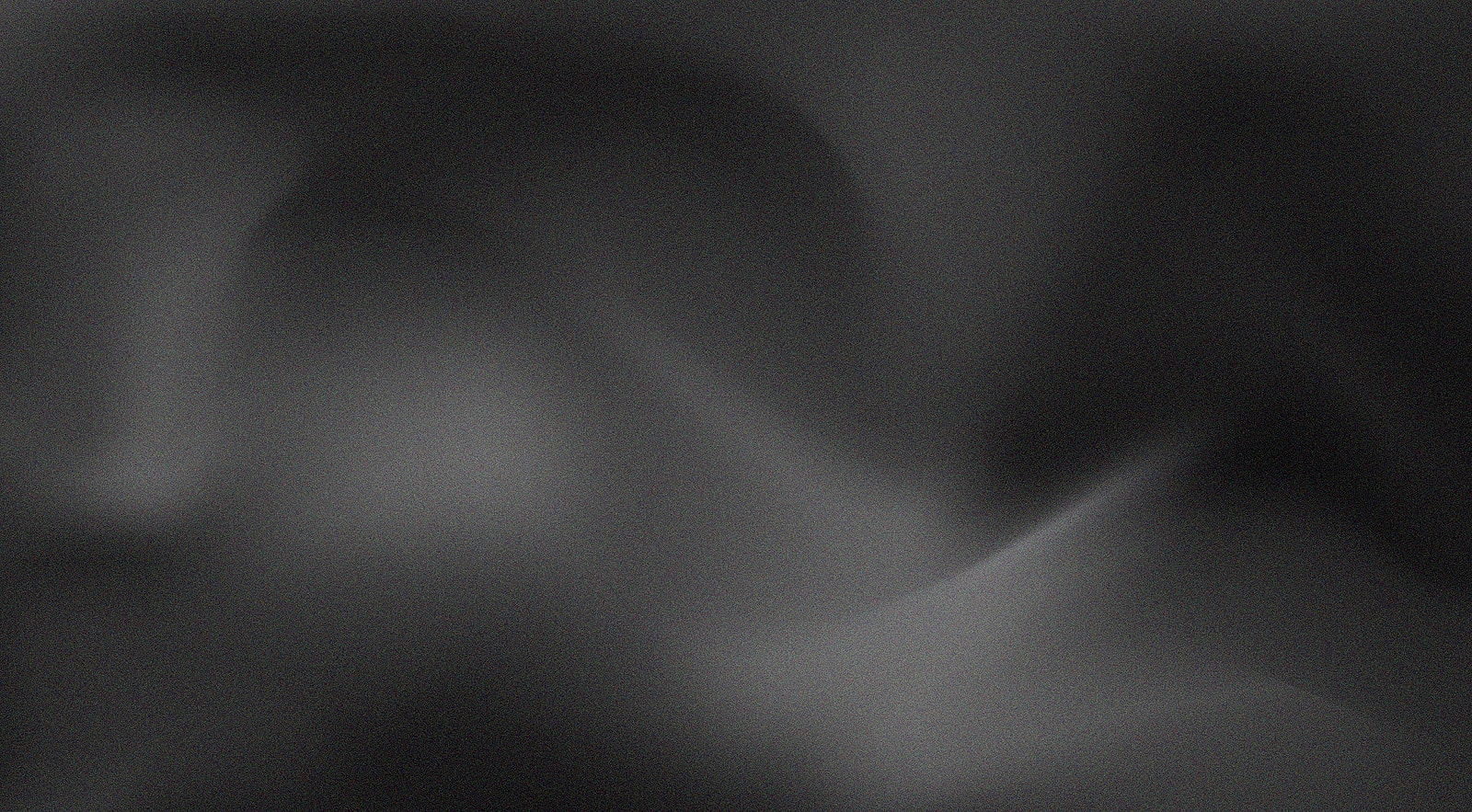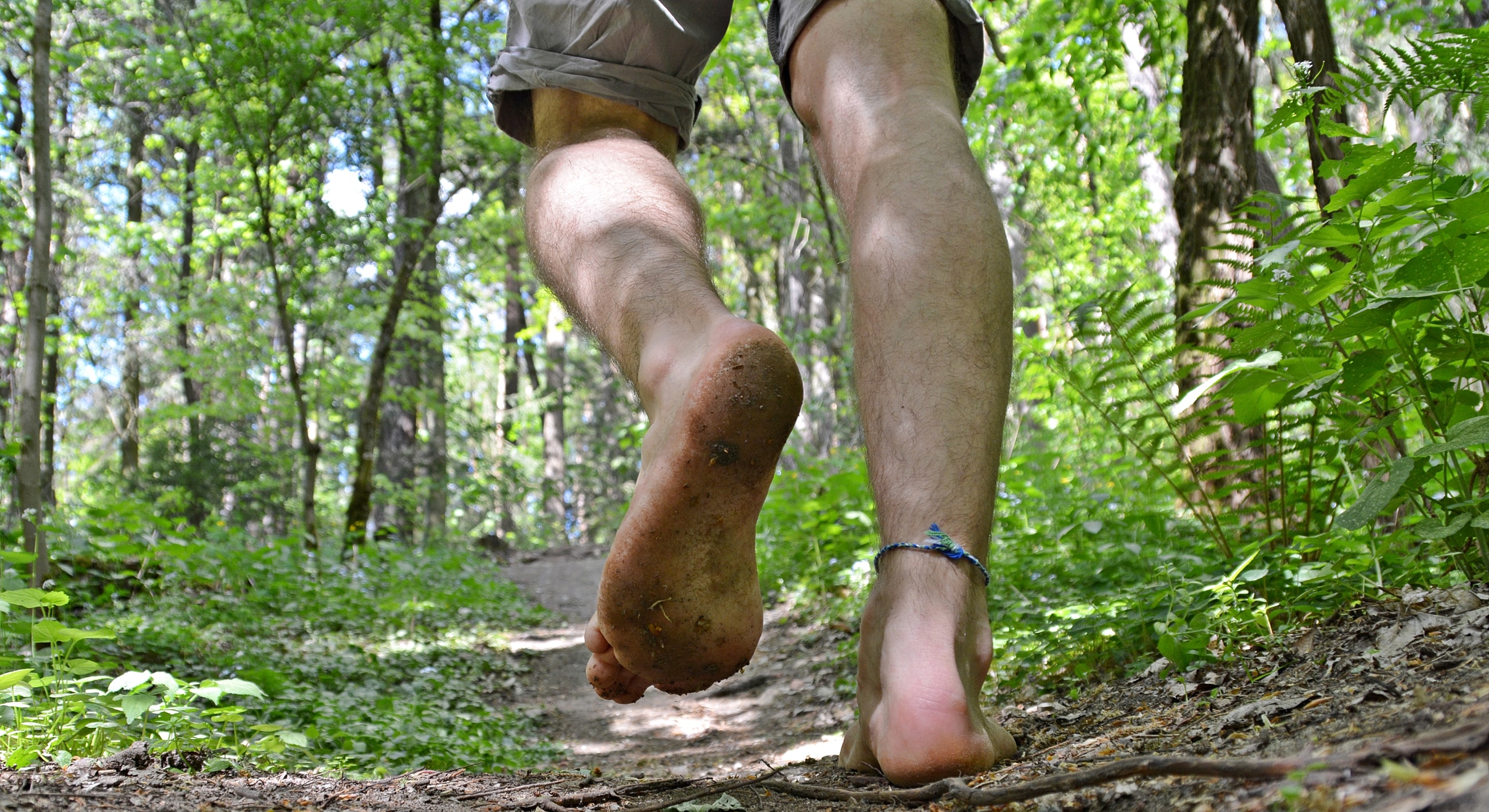
Foreign Body Removal



A foreign body in the foot or ankle, whether it’s a wood splinter, metal fragment, glass shard, or other object, can turn into more than just a painful nuisance. If left untreated, even a small foreign body can cause infection, ongoing pain, or damage to surrounding soft tissue. At New Orleans Podiatry, we use precise techniques, specialized instruments, and the latest technology to locate and remove foreign bodies while protecting healthy tissue and restoring comfort.
The safe removal of objects that have penetrated the skin or soft tissues of the foot or ankle.
Stepping on sharp objects, puncture wounds, traumatic lacerations, or retained fragments from previous injuries.
Superficial foreign bodies near the skin’s surface, deeper foreign bodies lodged in soft tissue, and organic foreign bodies such as wood splinters.
Manual extraction, wound exploration, surgical removal, and imaging-guided procedures.
Foreign bodies can range from obvious, visible splinters to deeper, hard-to-find objects embedded in soft tissues. Organic materials like wood splinters are more likely to cause infection, while metal objects, glass, and other materials can damage surrounding tissue or remain unnoticed until symptoms worsen.
Some foreign bodies are superficial and can be removed in the office with local anesthesia. Others, especially deeper foreign bodies or those near sensitive structures, may require imaging such as X-rays or CT scans to locate them accurately before removal.

Signs you may have a retained foreign body in your foot include:
Leaving a foreign body in place increases the risk of infection, delayed healing, and further damage to surrounding tissues. People with diabetes or circulation problems face higher risks of complications, making early removal essential.

Foreign body removal begins with a thorough examination and may include imaging to determine the object’s size, type, and location. In most cases, we perform the procedure in-office under local anesthesia, using sterile instruments and wound exploration techniques to remove the object without damaging surrounding tissue.
For deeper or more complex cases, surgical removal in an operating room may be required. We follow all safety protocols, including sterile saline irrigation and antibiotics when warranted.
Most patients experience immediate relief once the foreign body is removed. Minor wounds may heal within days, while deeper injuries can take several weeks, depending on the extent of tissue involvement. Our aftercare includes wound cleaning instructions, infection monitoring, and follow-up visits as needed. If mobility was affected, we may recommend protective footwear or short-term activity modifications to support healing.

Persistent pain, swelling, or a wound that will not heal are common indicators. Imaging may be needed to confirm the presence of a hidden object.
Some superficial splinters may work their way out, but deeper foreign bodies rarely do and can lead to infection or other complications if left untreated.
We use local anesthesia to keep the procedure comfortable. Most patients report immediate relief afterward.
Not always. Many can be removed in-office, but deeper or high-risk cases may require surgical removal.
You’ll receive wound care instructions and, in some cases, antibiotics. We monitor your healing to ensure there are no lingering issues.